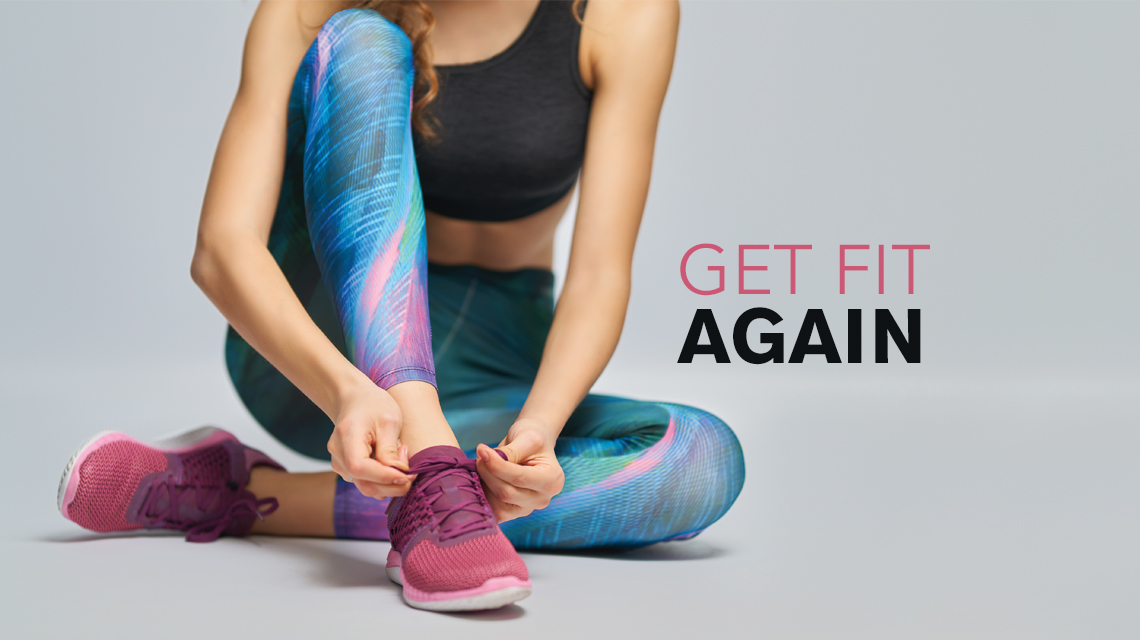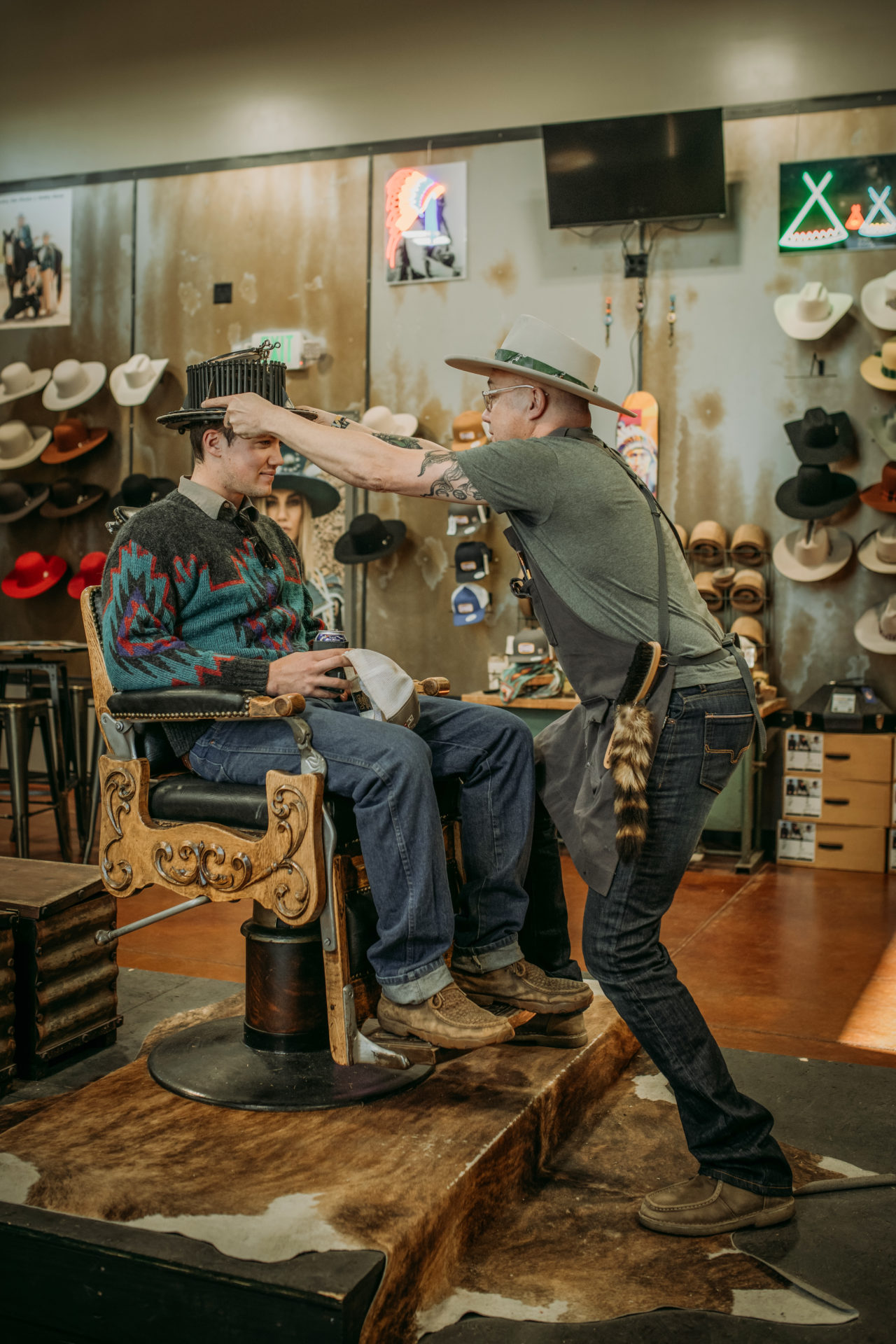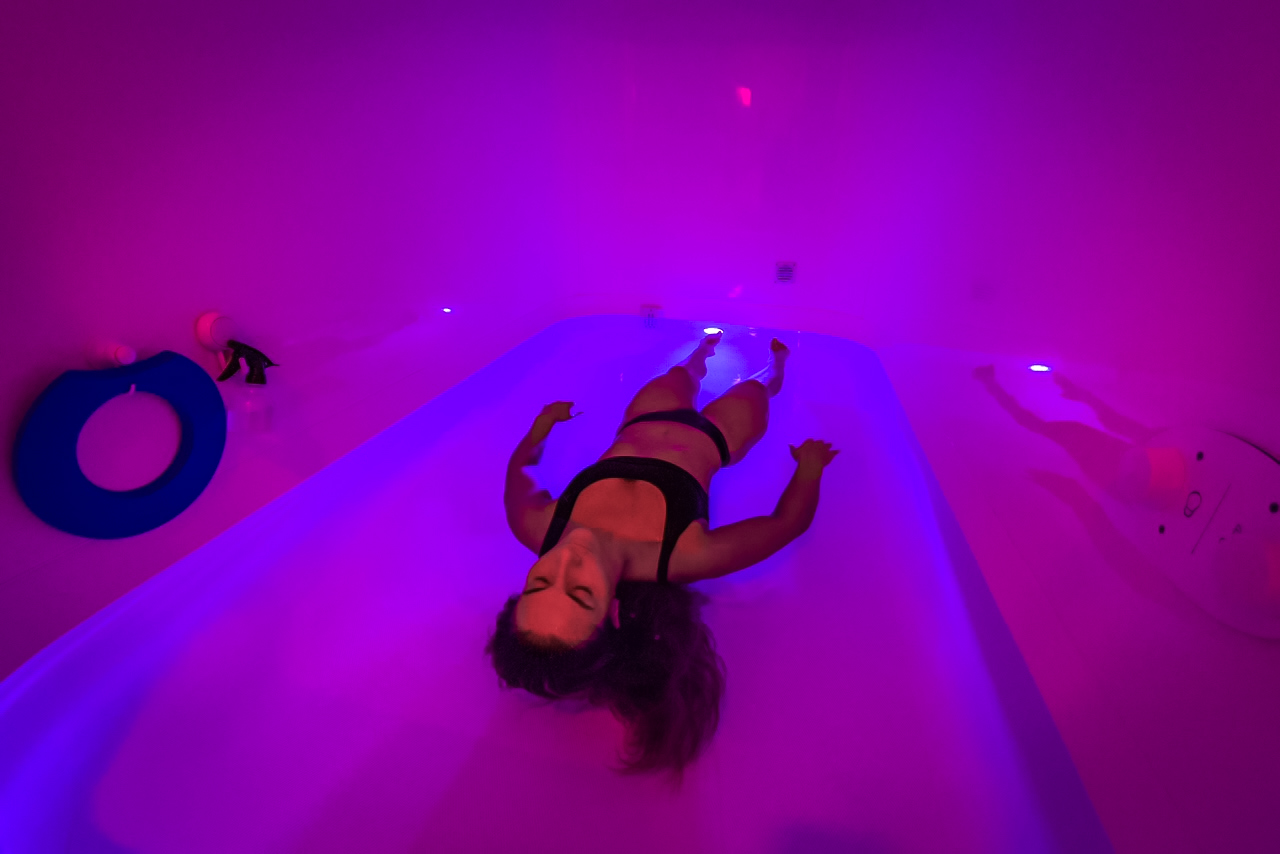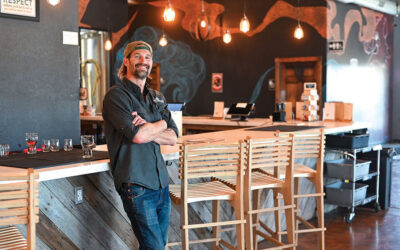By Dan England
The sun blazed, but the wind blew, and the trail beckoned. Lifted by the setting, and the scenery, Tim Coons set the scene to the small, masked crowd wearing comfortable shorts and shirts—save for the one in the costume.
You aren’t just a runner hoping to take advantage of the wide-open outdoors perfect for social distancing and fresh air, Coons told his crew. You are a monk hoping to deliver a message to a villain who seems to be producing a weapon of mass destruction, which, in this case, appears to be a poison powder.
Coons, a musician and director of community outreach for the Weld Community Foundation, set up the workouts through a podcast he based on the “Choose Your Own Adventure” book series popular in the 1980s. The first episode, one he tested out on the dozen or so friends and fellow geeks on a Saturday morning in Homestead Park in Greeley, detailed the monk’s adventure through kicks, jumps and other somewhat difficult and mildly unpleasant exercises, including several runs. The requirements were a bottle of cool water (a good idea anyway as the sun beat down on Homestead), some gumption and a good imagination. Oh, and also, a six-sided dice.
Coons would make up stories in his head when he ran and used it to motivate himself to go a little harder and a little farther than he wanted. He decided to create a podcast to trick others into working out and, even more importantly, get outside, a foreign concept to many whether they were told to stay inside by the government or their own uncertainty. The only thing Coons found similar to his idea was Zombies, Run!, and that was a horror movie of survival, not a fantasy adventure.
“The pandemic hit, and I had two music projects I was ready to work on get shelved,” Coons says. “I had all this creative energy with nowhere to put it. Then it hit me: I could create this thing that’s been in the back of my mind. We can’t go to gyms. We’re gaining weight from being isolated and immobile.”
Yes, Coons created the podcast because of the pandemic and because he wanted to help others find a way back to normal, and normal, to him, meant getting back into some sort of shape and getting outside (safely, of course). The Workout Adventure podcast may be just the thing you need to get motivated to get fit (again), but we have five other suggestions for getting your body back after a long, listless quarantine.

1. FIND SOMETHING FUN
Yes, of course Coons’ podcast leads us to this point. Coons’ podcasts are a fun way to workout, but Colorado offers oodles of opportunities beyond a fantasy adventure to get you moving. There’s hiking, biking, playing tag with your kids, swimming, taking your dog to a dog park, climbing a 14er or paddleboarding. You may have some time off this summer, and outdoor activities are some of the safest things you can do in this pandemic, as they aren’t enclosed and the chances of you running into a big crowd are slim, so why not give one a try?
You can even do something a little weird. Coons’ podcast was good for that, too. “I loved the playfulness and how it connects you to real life,” says Amy Long of Greeley, who went with her husband Eric. “It’s not just going to a gym and being surrounded by everyone else’s sweat.”
How do to it: You can find the monk’s adventure and a barbarian’s quest at workoutadventure.bandcamp.com. Coons has three of the 10 episodes finished, and he hopes to do a Kickstarter campaign for the other seven.
You can also find out information on new activities at 14ers.com, your local parks and recreation page or runningintheusa.com. Also sweetheartcityracing.com has run some good, safe races this year.
2. GET YOUR DIET BACK ON TRACK
Although it seems weird that a virus would cause us all to gain weight, well, unless you got it, you probably did pack on a few pounds during our long quarantine (one that is still going on by many measures). Social distancing not only threw off our daily schedule, it demolished it, and the lack of a routine, more than fried foods, will wreck a diet, says Cindy Dallow, a nutrition and workout coach with a doctorate and a lifetime of accomplishing races such as a few Ironman events and marathons.
“Structure is huge,” Dallow says. “Structure affects eating habits in a big way.”
Structure, Dallow says, helps us eat fairly well throughout the day because our brains are busy. There are so many other things to think about that food isn’t a priority. But at the end of the workday, people save dinner for the biggest meal of the day because there isn’t as much to do, and they’re tired. That’s when what Dallow calls the “The Heck with It” effect plays out, and people will eat what they want. Now imagine a whole day of that.
Structure helps regulate our appetites and helps us follow intuitive eating, which is what Dallow teaches: The idea is to listen to your body’s hunger and act on it rather than eat out of boredom, depression or loneliness. Intuitive eating also stresses eating three meals a day, as you’re less likely to overeat at dinner if you have breakfast, she adds.

But a long, socially distanced day cries out for snacking,overeating and, most importantly, eating randomly without any kind of schedule. You might have breakfast, for instance, at noon if you’ve got nowhere to be, Dallow says.
So, losing weight, or at least getting your regular diet back, is harder now, but it can still be done, Dallow says, by eating at the same time every day, eating regularly by listening to your body’s cues and planning out your meals ahead of time. Try not to decide what you want for dinner at dinner, because something quick, easy, tasty and, therefore (usually) fattening, will win out.
Dallow also will start a kickstart 30-day fitness program to get people going, something that events and races can usually do but those are all being canceled. She’s also already got HIT on the Hill going for $25 a month. Those are high intensity workouts on Greeley’s famous sledding hill near UNC’s football stadium. She says working out benefits from regular eating as well and suffers when you don’t.
“Just from an exercise standpoint, you will have the energy you need to be physically active when you eat regularly,” Dallow says. “If you have breakfast and lunch, and your kids want to play ball outside, you are more likely to get up and go.”
How to do it: Go to mybodymylifenutrition.com or e-mail Cindy Dallow at cindydallow@gmail.com for information. You can also find apps that track what you eat throughout the day, your workouts and even your sleep habits.
3. FIND A GROUP
You’ve heard this before: Nothing is more motivating to get you out of bed than knowing you have someone waiting for you. But groups can also get you hooked on a new activity. Matthew Ronne went for a run with the Cranford Cove Tea Tavern running group that met at the tea show in Downtown Greeley. He wasn’t a runner, but he started to like it because of the group. Now he’s the one who keeps it going after the owners of the tea tavern had to close temporarily because of the virus.
“A couple of us have gotten some monster miles in,” Ronne says. “Sometimes it’s just been two [of us], but it’s just become my thing. Now a dozen is a good turnout, and my crew has been pretty consistent.”
Ronne says the group stays pretty distanced and wears masks until the run starts, and then there’s a natural distancing once the run really gets going. “It took me a lot of tries, but once I got going running, I surprised myself,” says Ronne, who will do a 24-hour running event this year. “I had an aptitude for it, and I didn’t know I had that.”
Altitude Running also runs a weekly intervals group at two times on Wednesdays, one in the morning and one at night. The sessions are led by Colorado Hall of Fame runner Doug Bell, who opened and owned the running store in Greeley before it changed hands.
How to do it: Go to the Facebook pages run by Altitude Running Greeley and Cranford’s Fleet of Feet Run Club. Facebook also offers ways to find a group that matches your interest.

4. FIND A NEW ROUTINE
If your day is still a scramble of Zoom meetings, crying kids and tapping your laptop, instead of working in person, you may have to find a new routine. That could mean working out late at night, but your gym may offer limited hours, and you don’t feel safe running in the dark.
Kaci Drury offers Fit4Mom, a fitness business organized by moms to lead workout sessions for other moms and their kids. When the virus hit, she left the playgrounds and parks and led virtual gym sessions. She now has returned to live classes.
“I think the virtual classes were great while we were under a stay-at-home order, and it’s possible we’ll return to them in the winter when we’re not able to be outside anymore,” Drury says, “but the connection and socialization from in-person classes (even while socially distanced) can’t be beat.”
Other trainers and gyms now offer virtual trainers much like the ones Drury offered, either live or by recordings.
Also, it’s OK to eat at odd times, as long as you do it every day. You should also get up and go to bed at the same time every day. Finally, try to work at the same time every day, even if it’s at home. Zoom meetings are probably at different times, but that’s probably true of your old schedule as well.
How to do it: You can find out more at Fit4mom.com and nocofitness.com. Also, find a personal calendar and stick to the appointments you make with yourself to work out, eat and get work done, whether that’s looking for jobs, applying for unemployment or taking the little ones to the park.
5. FIND A NEW NORMAL
Meb Keflezighi, who ran in four Olympic marathons (with a silver medal in 2004) and won the Boston Marathon and the New York Marathon, posted on Twitter on June 30: “My 10-mile tempo PR at 7,000 feet is 48:18. Today, I ran 48:18…for 6.5 miles at sea level. My new normal. What is your new normal?”
Hundreds of runners replied that their times weren’t as good as they once were, either, but as the thread went on and the support grew, many runners seemed to embrace the fact that they might be running 5Ks 10 minutes slower than they did a few years ago. Many also talked about the pandemic and how it was affecting their running. But all of them pledged to keep going.
Embracing “new normals” is a healthy way to celebrate progress as you drag yourself out of the virus hole, even if the person in your 20s would be ashamed of that time.
Dallow, for instance, says she’s gained 10 pounds in the last few years because of good beer, and she’s a much slower runner than she was 10 years ago. But she still loves running, and she’s also improved as a cyclist. That’s her new normal.
Dallow’s cycling shows that sometimes new normals can be positive. Ronne is now an ultrarunner because he found a group. And Coons now offers you a chance to introduce fantasy into your life, as a goblin, a monk or a cleric. Maybe a new normal will include a new you.






